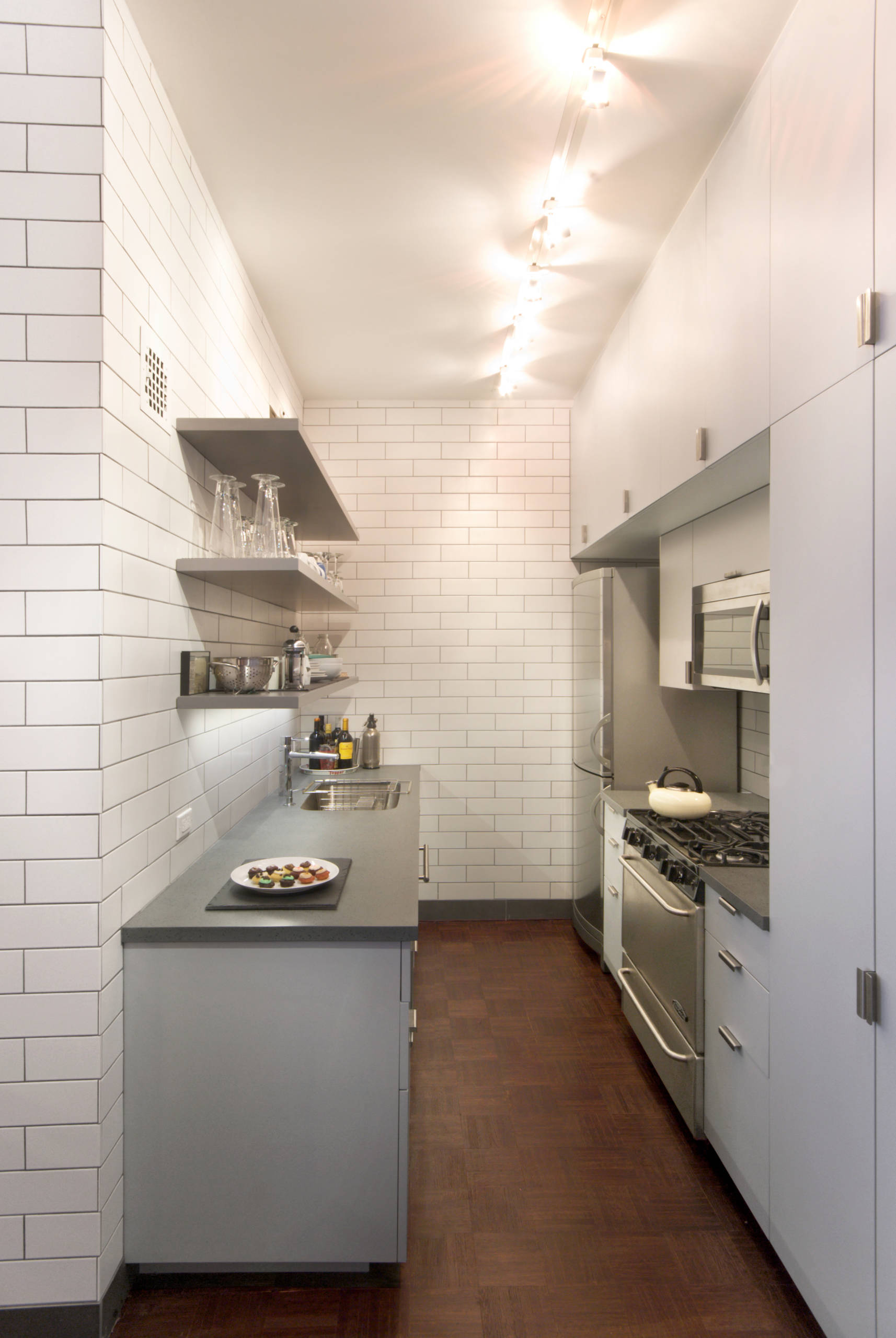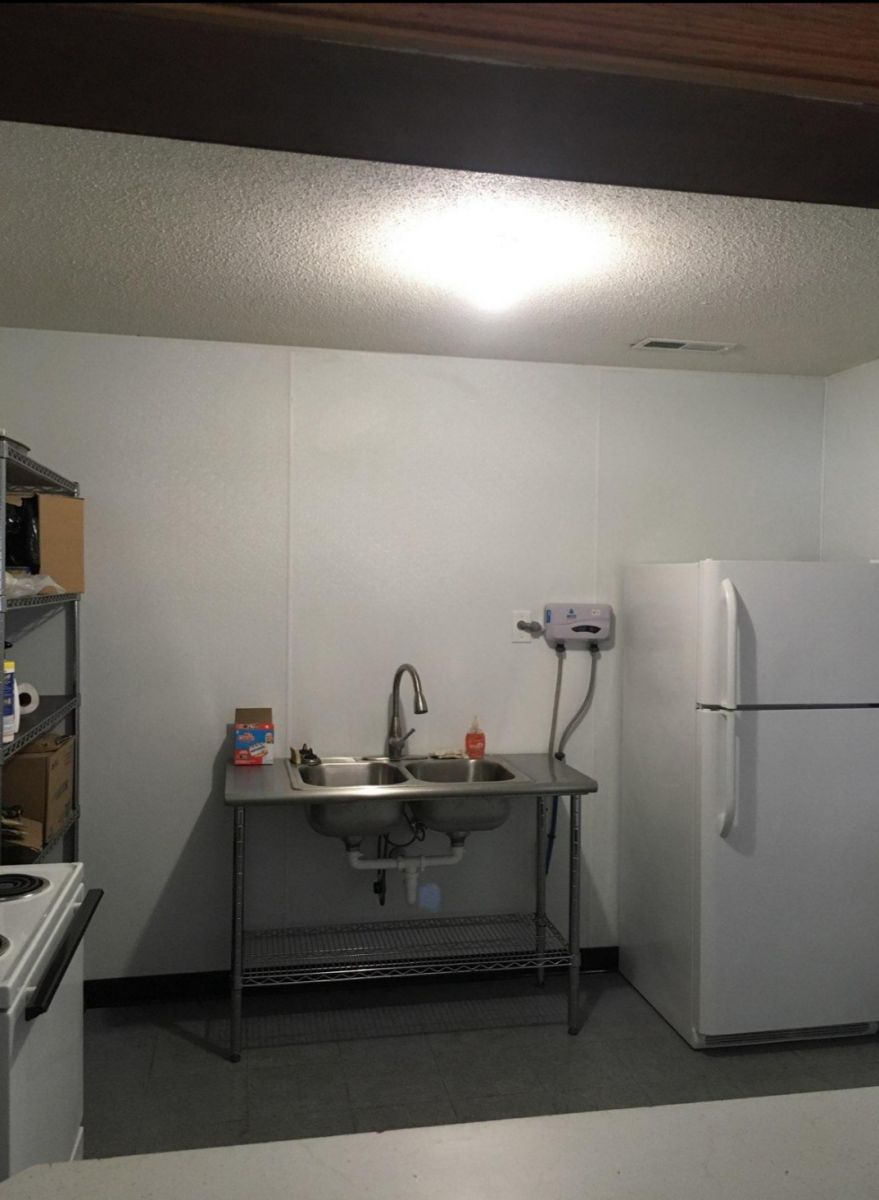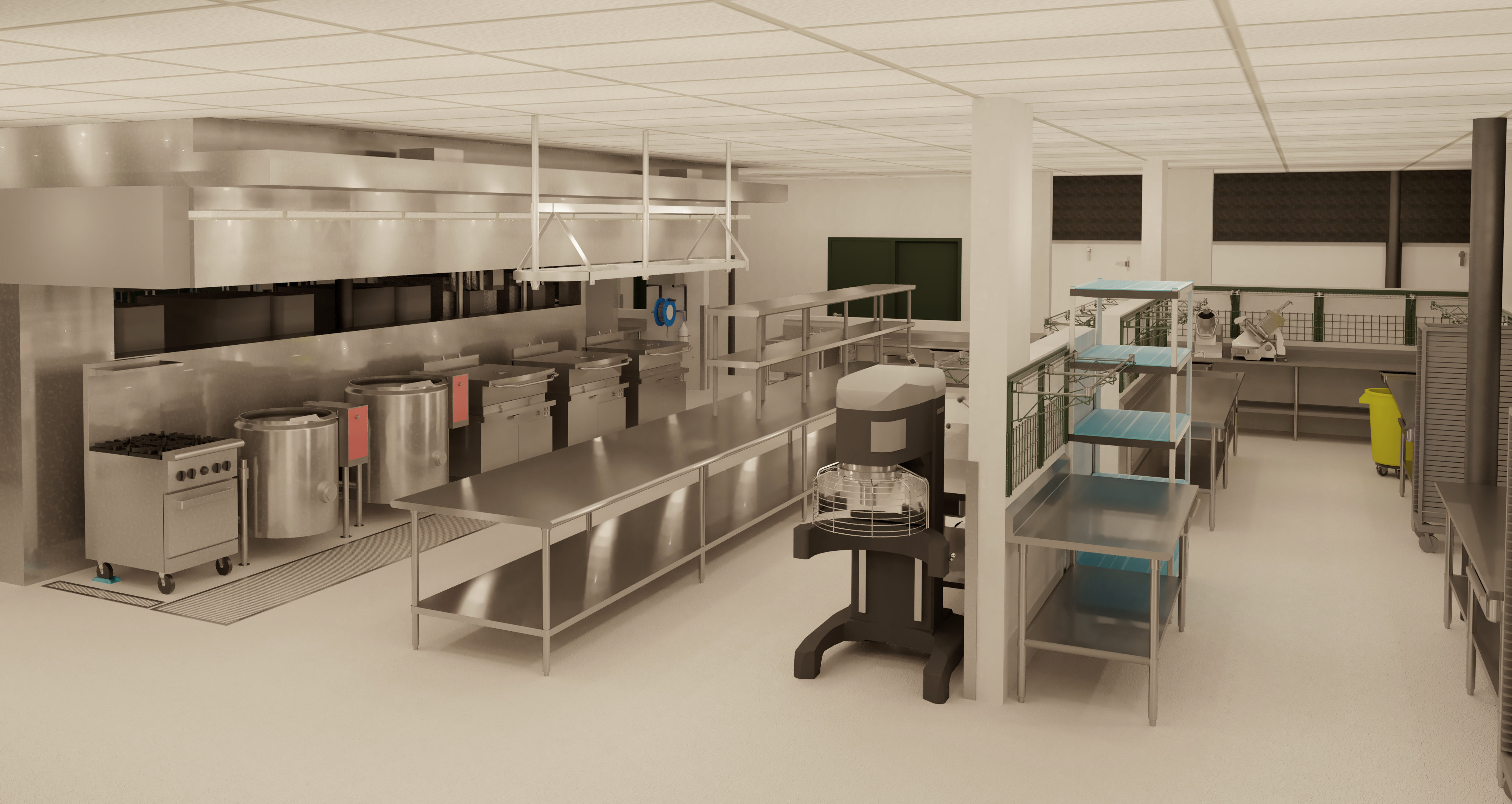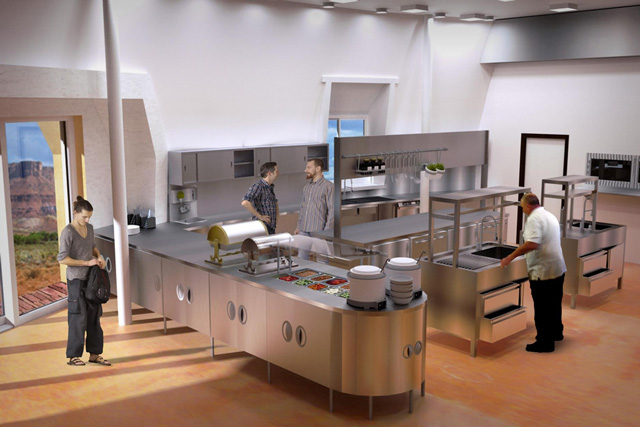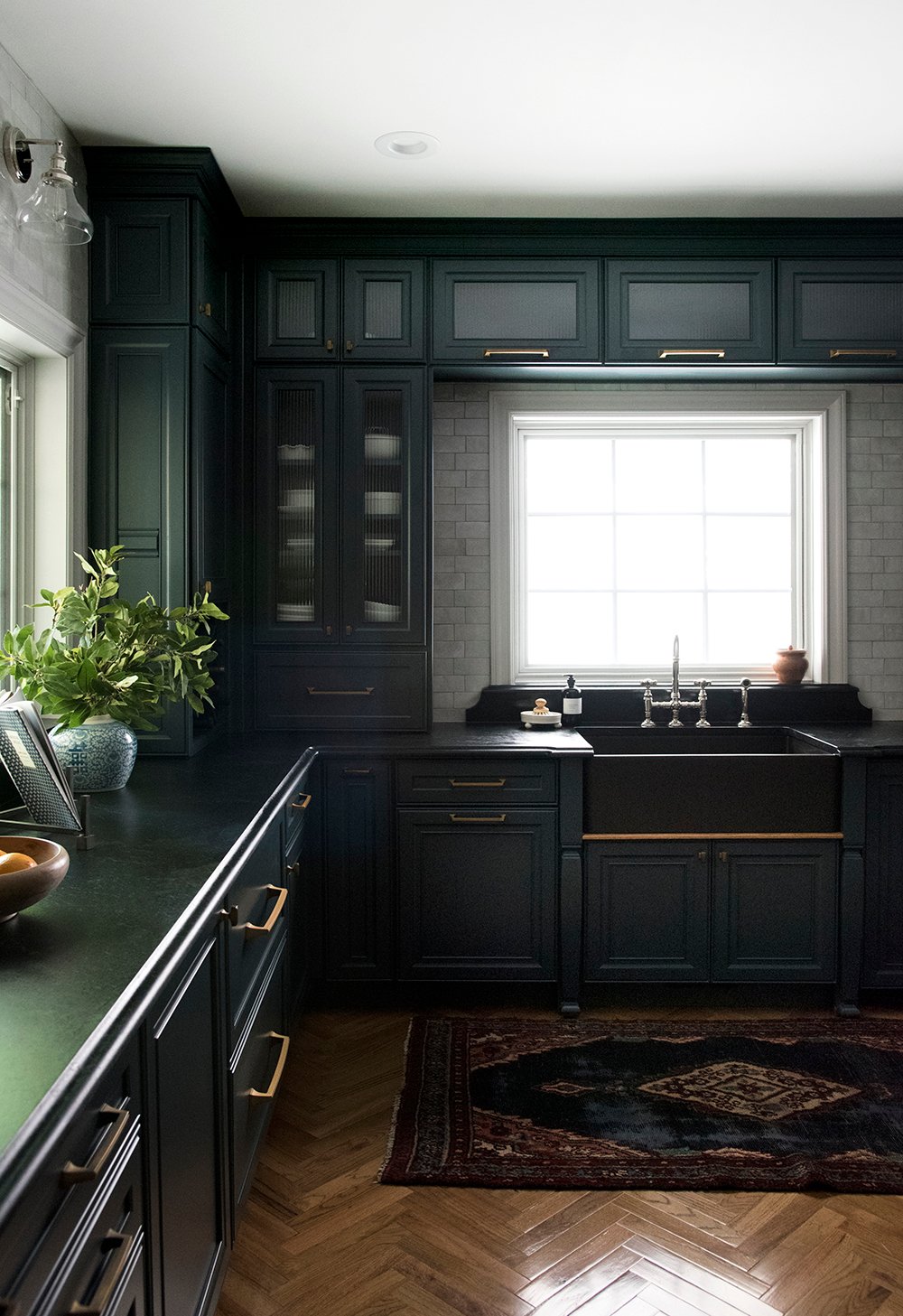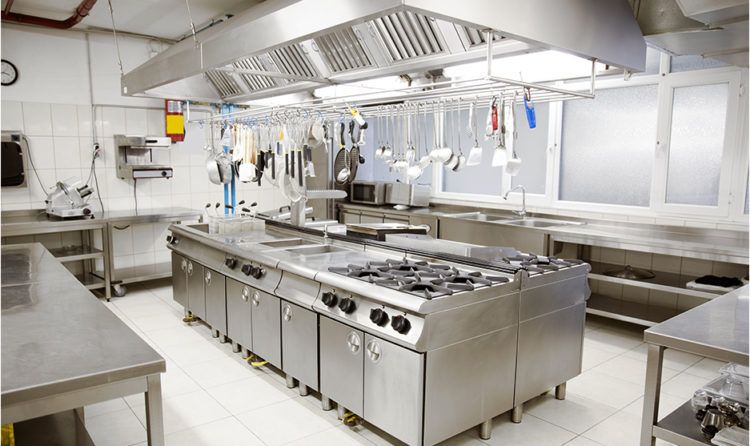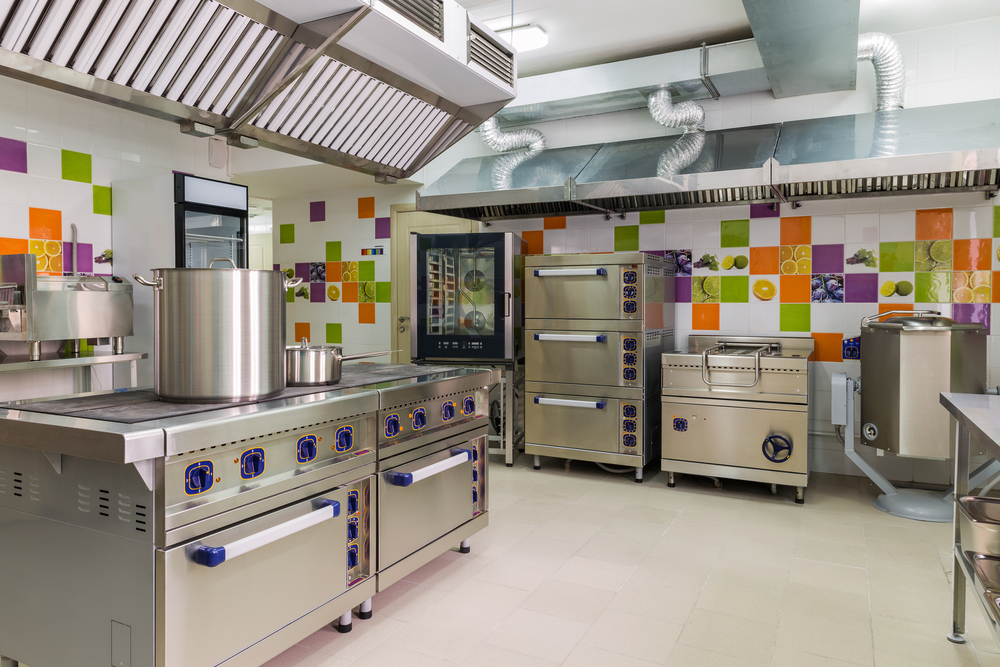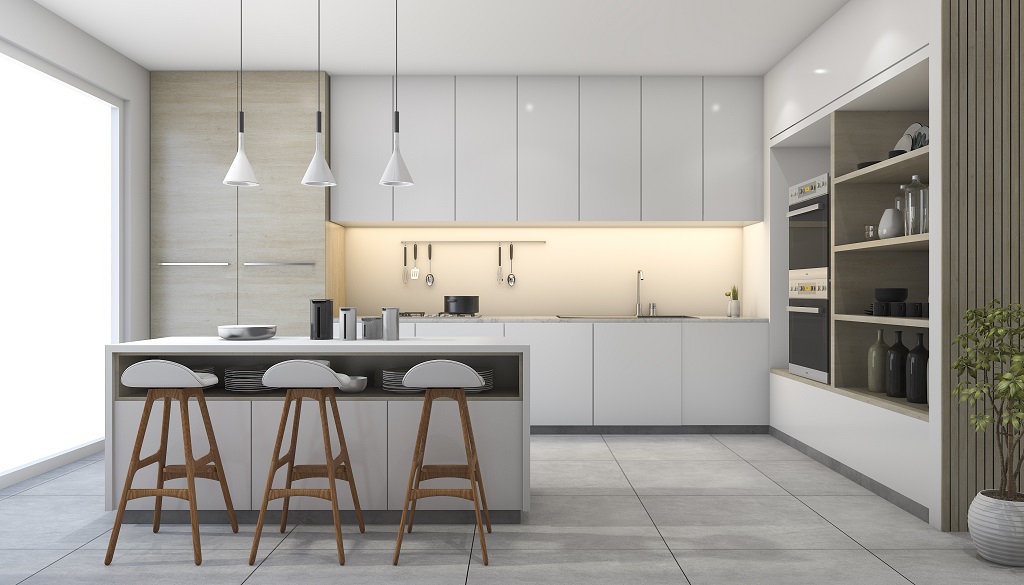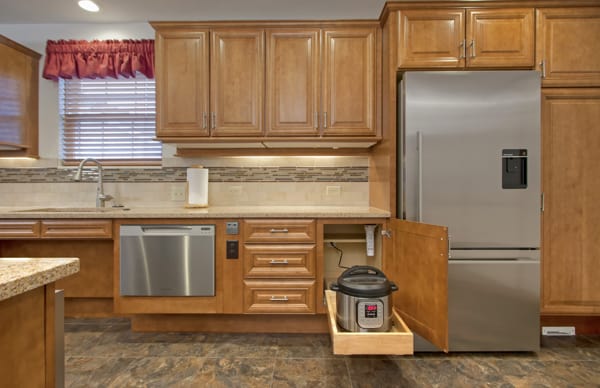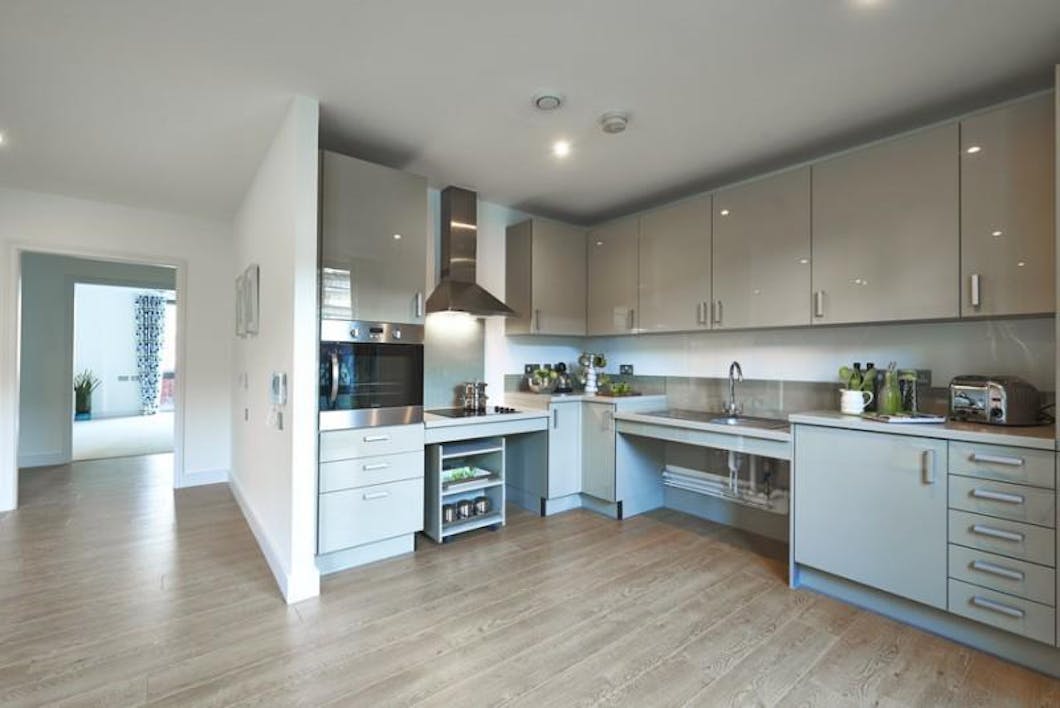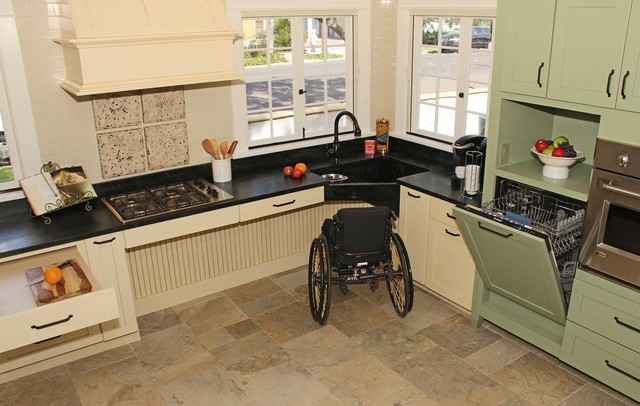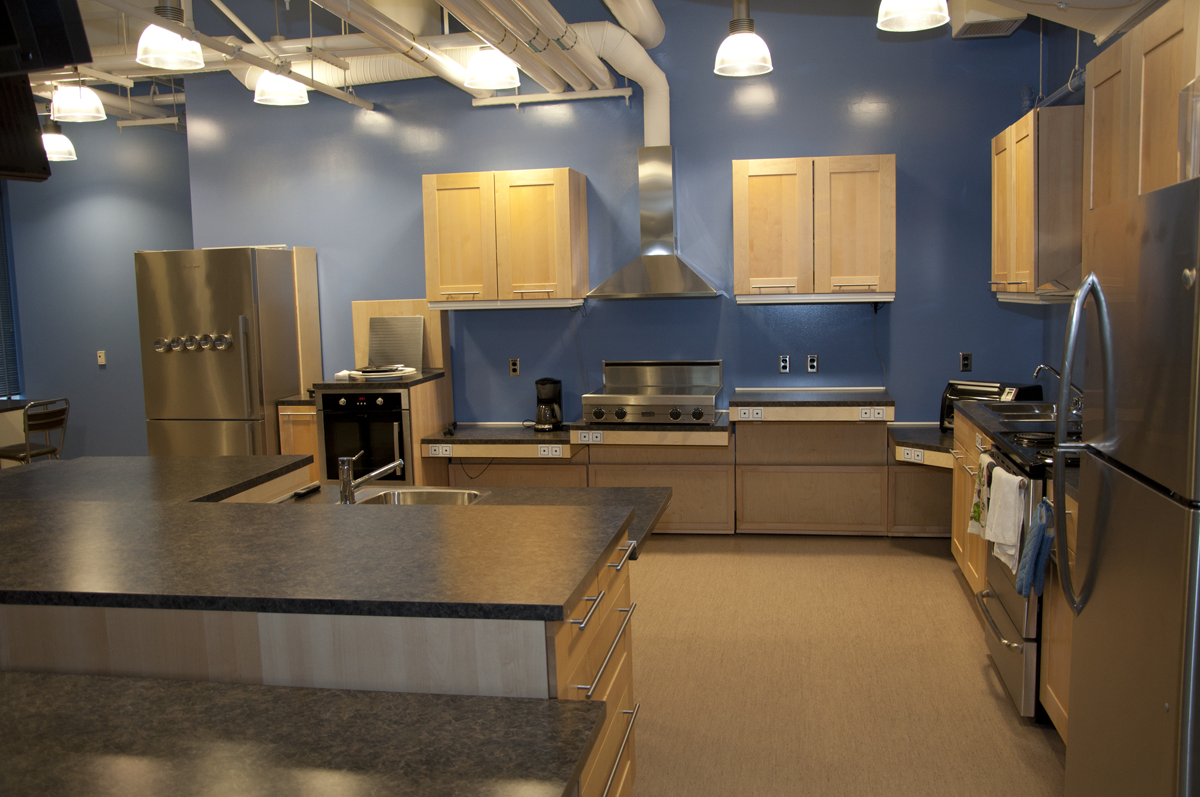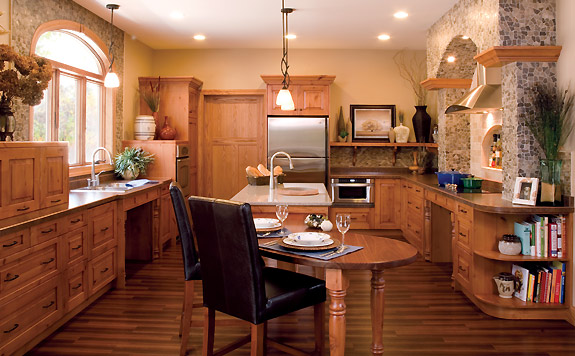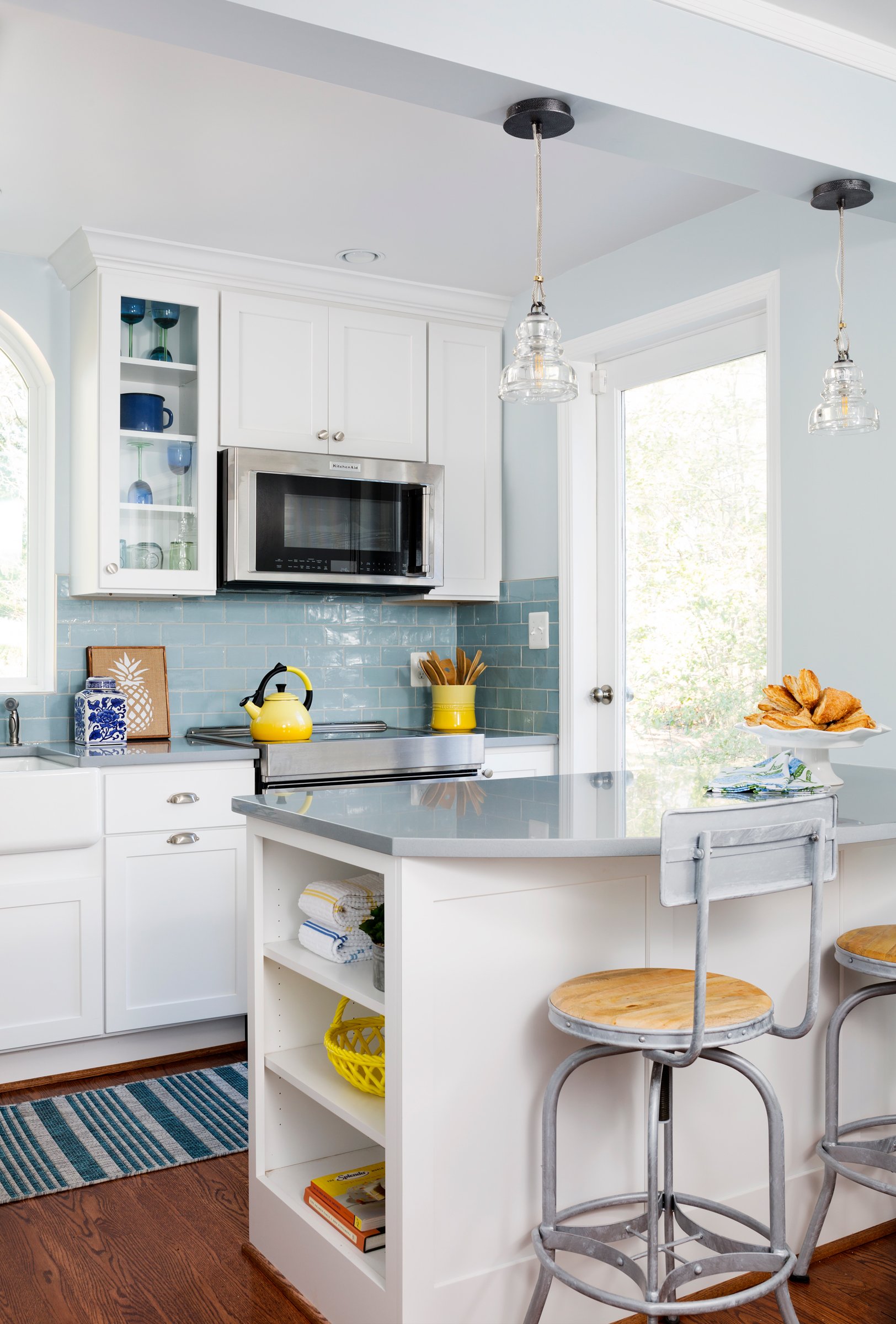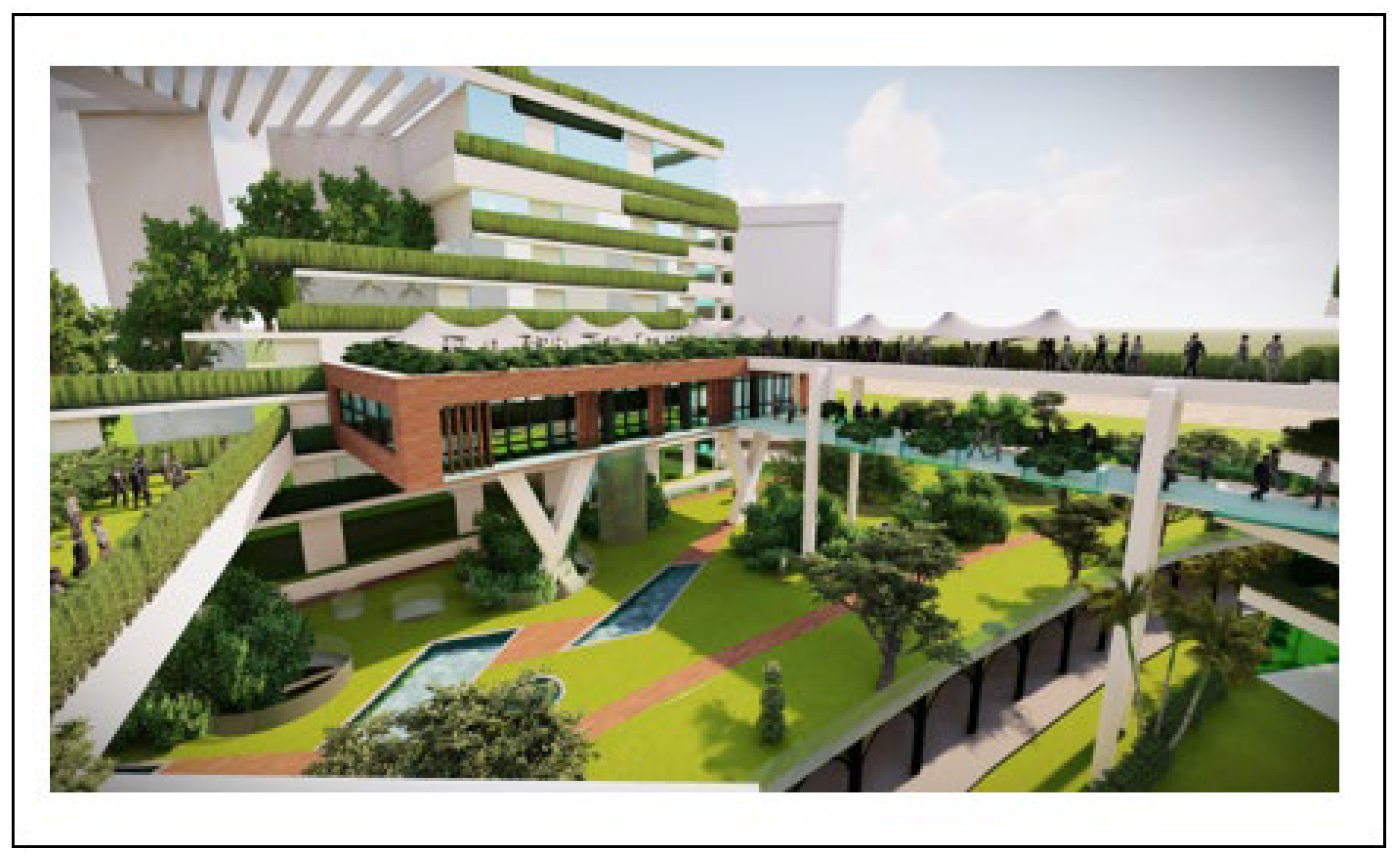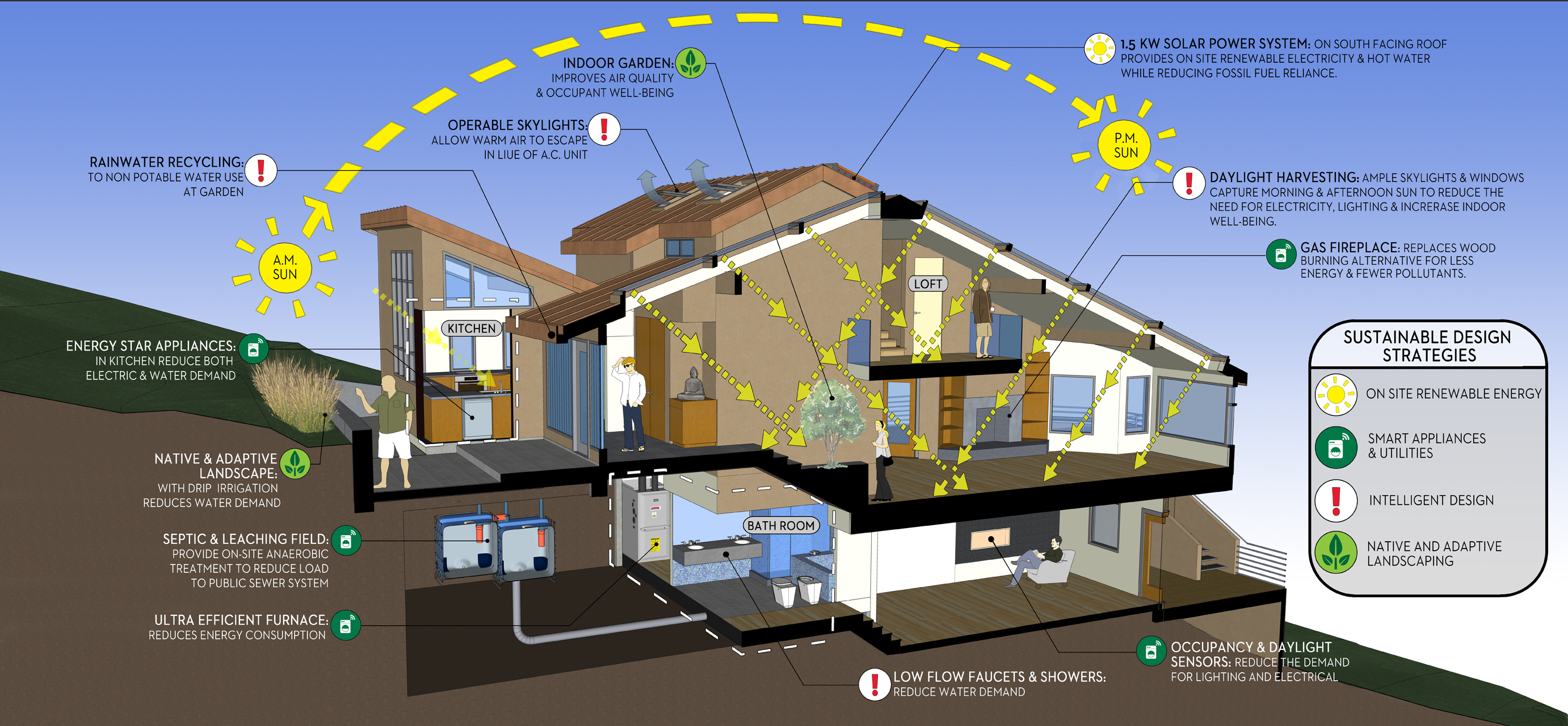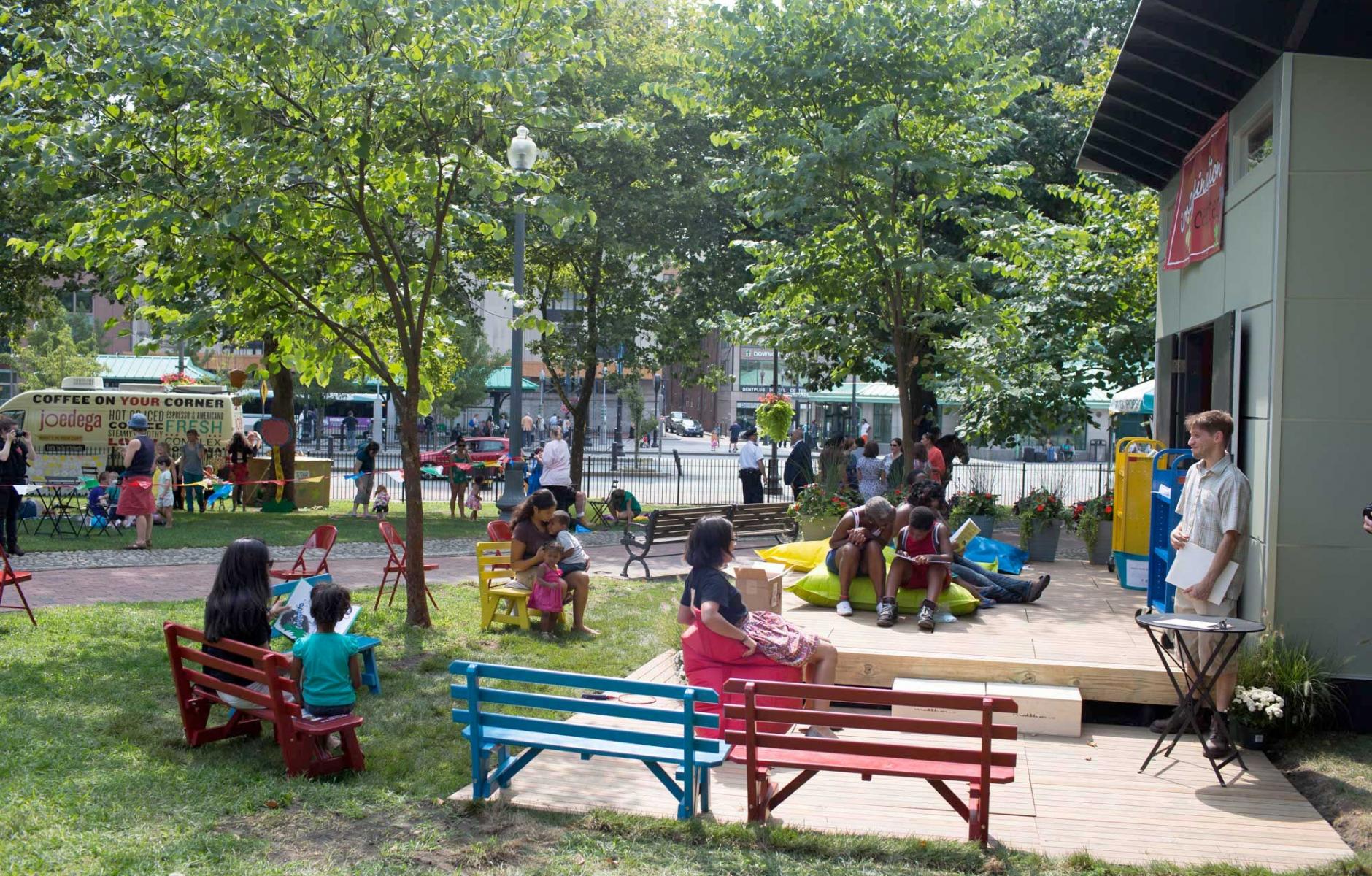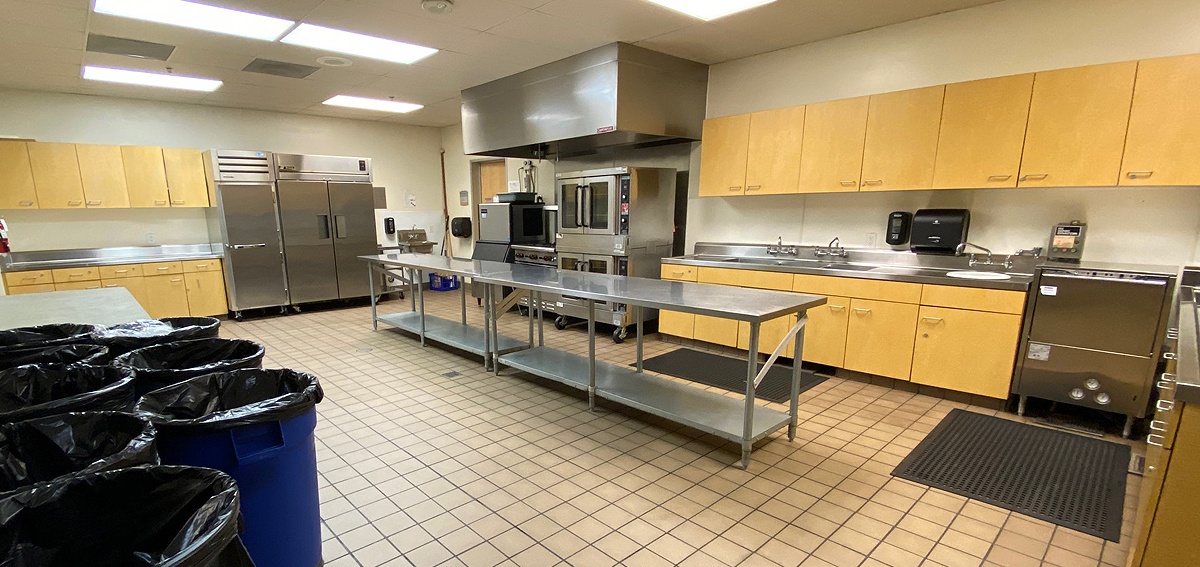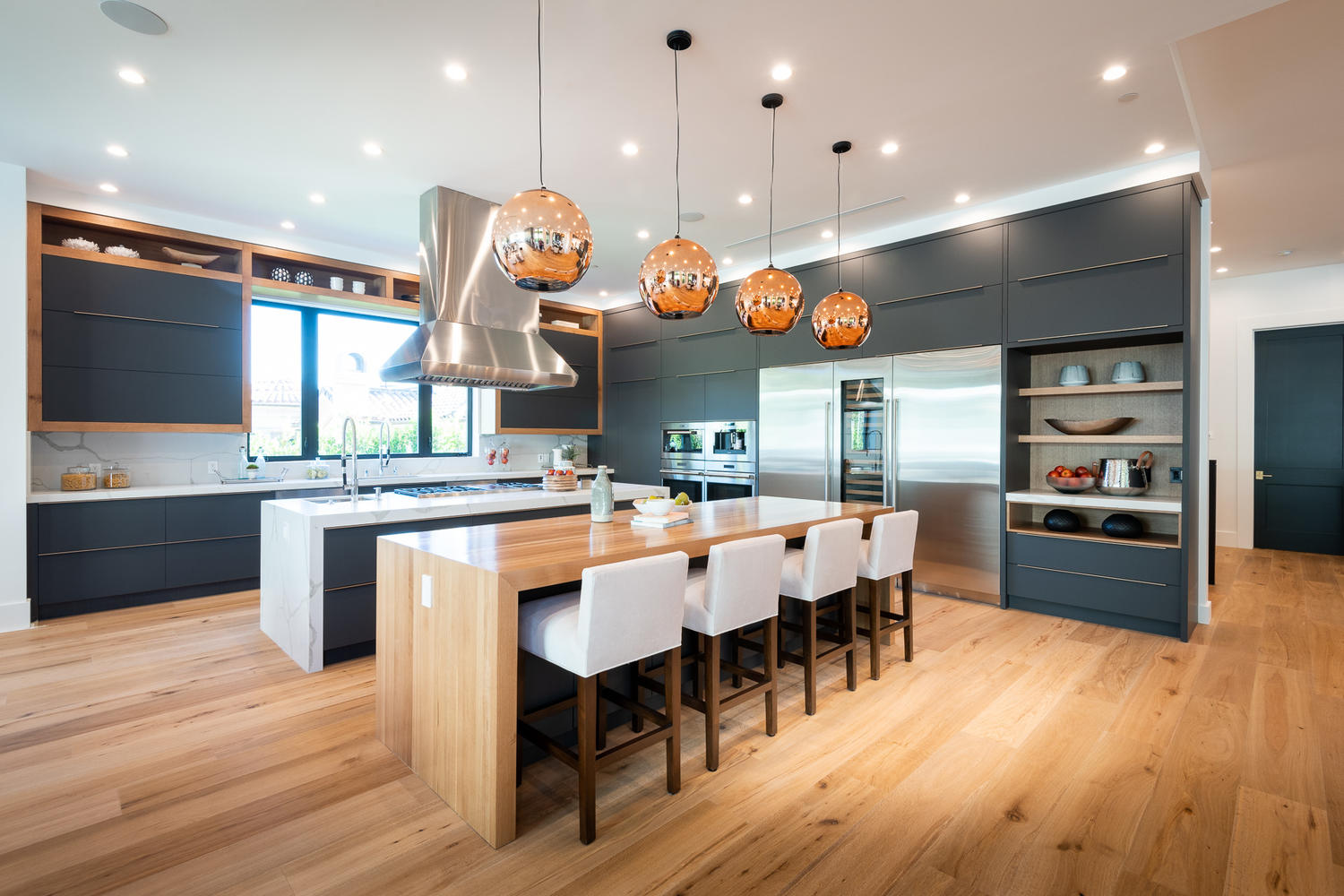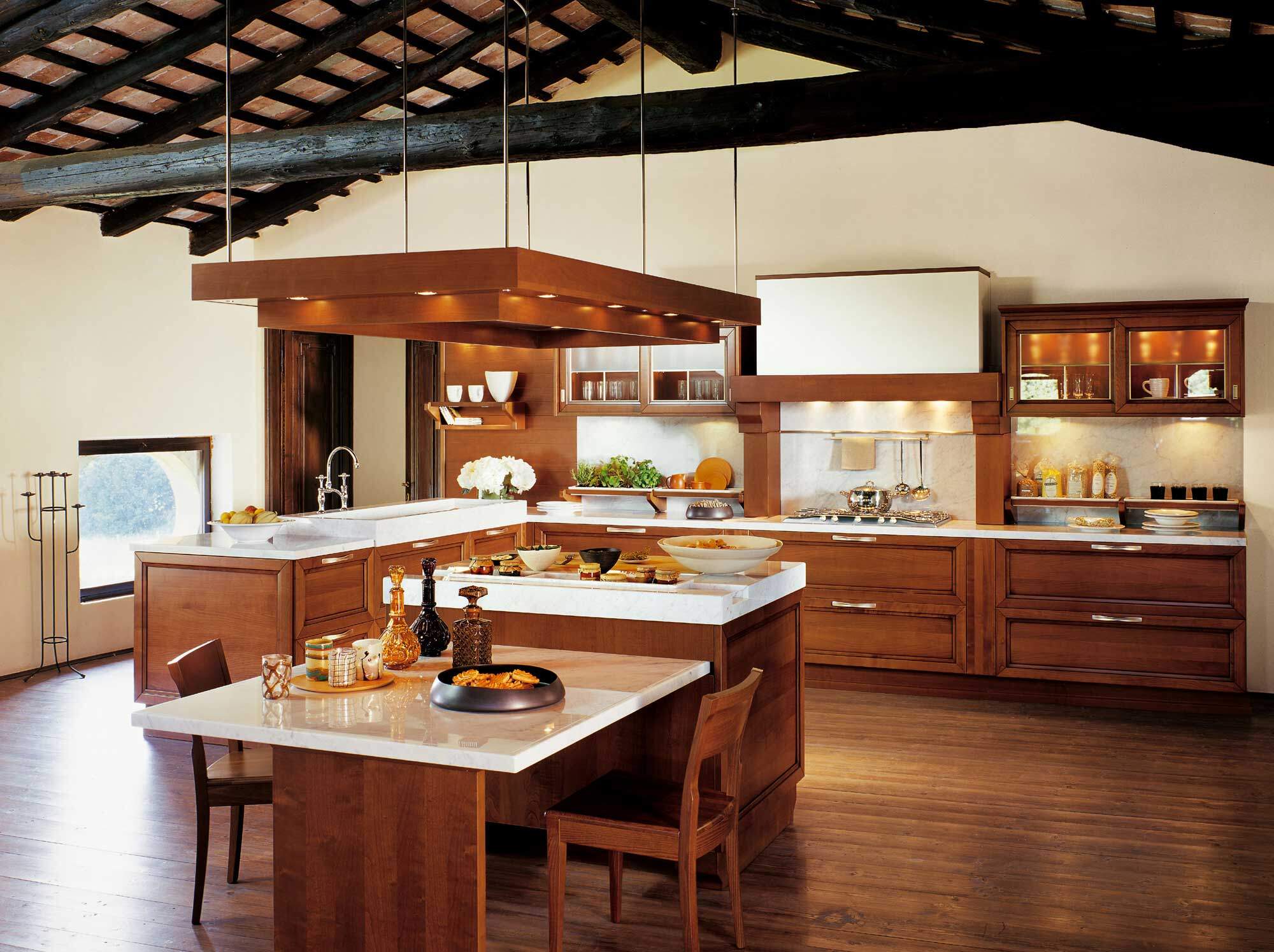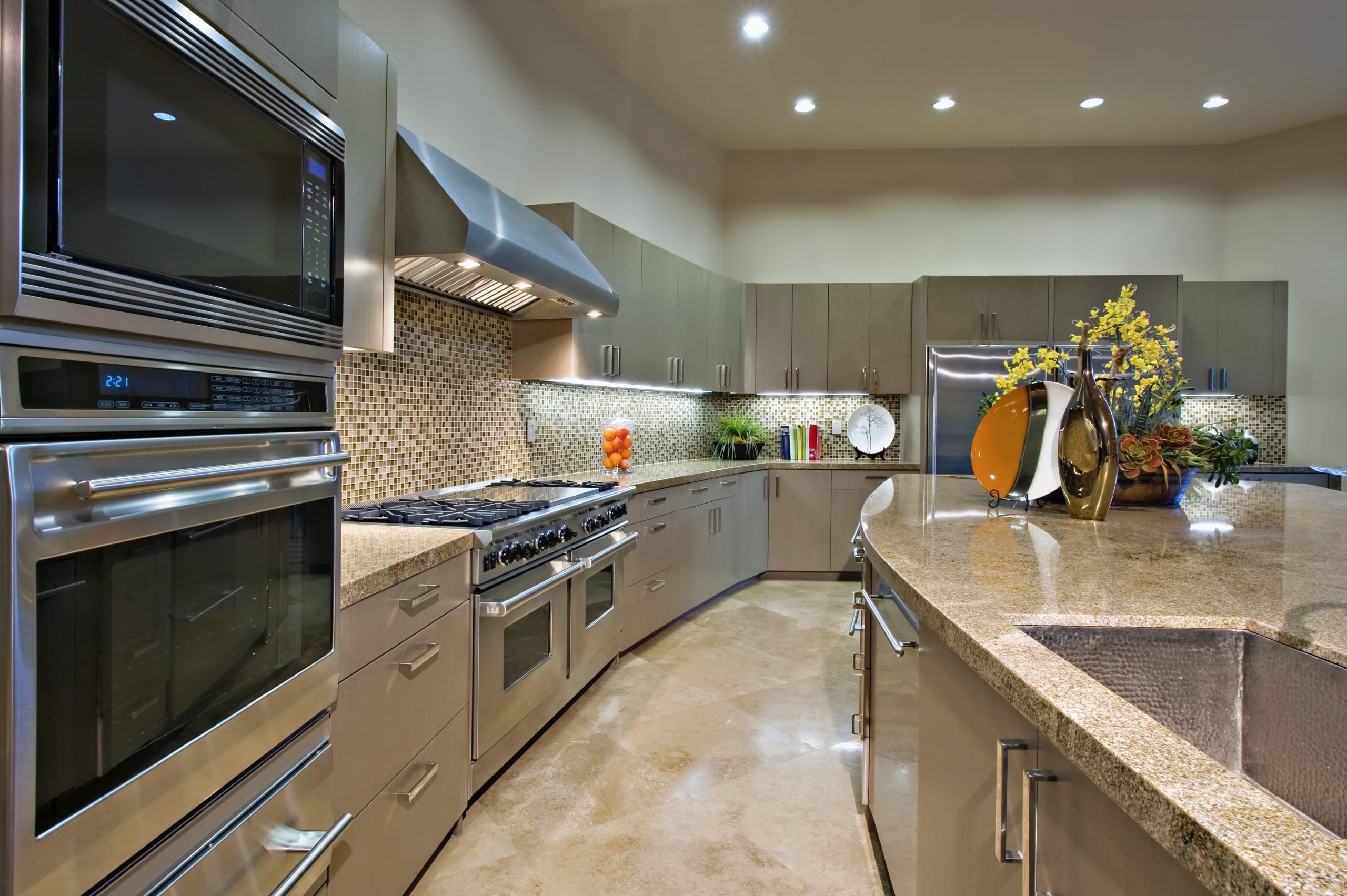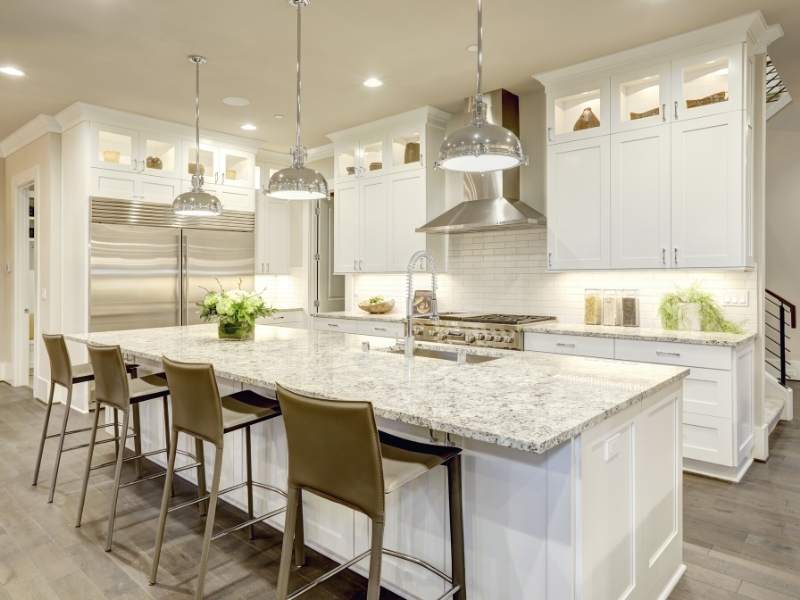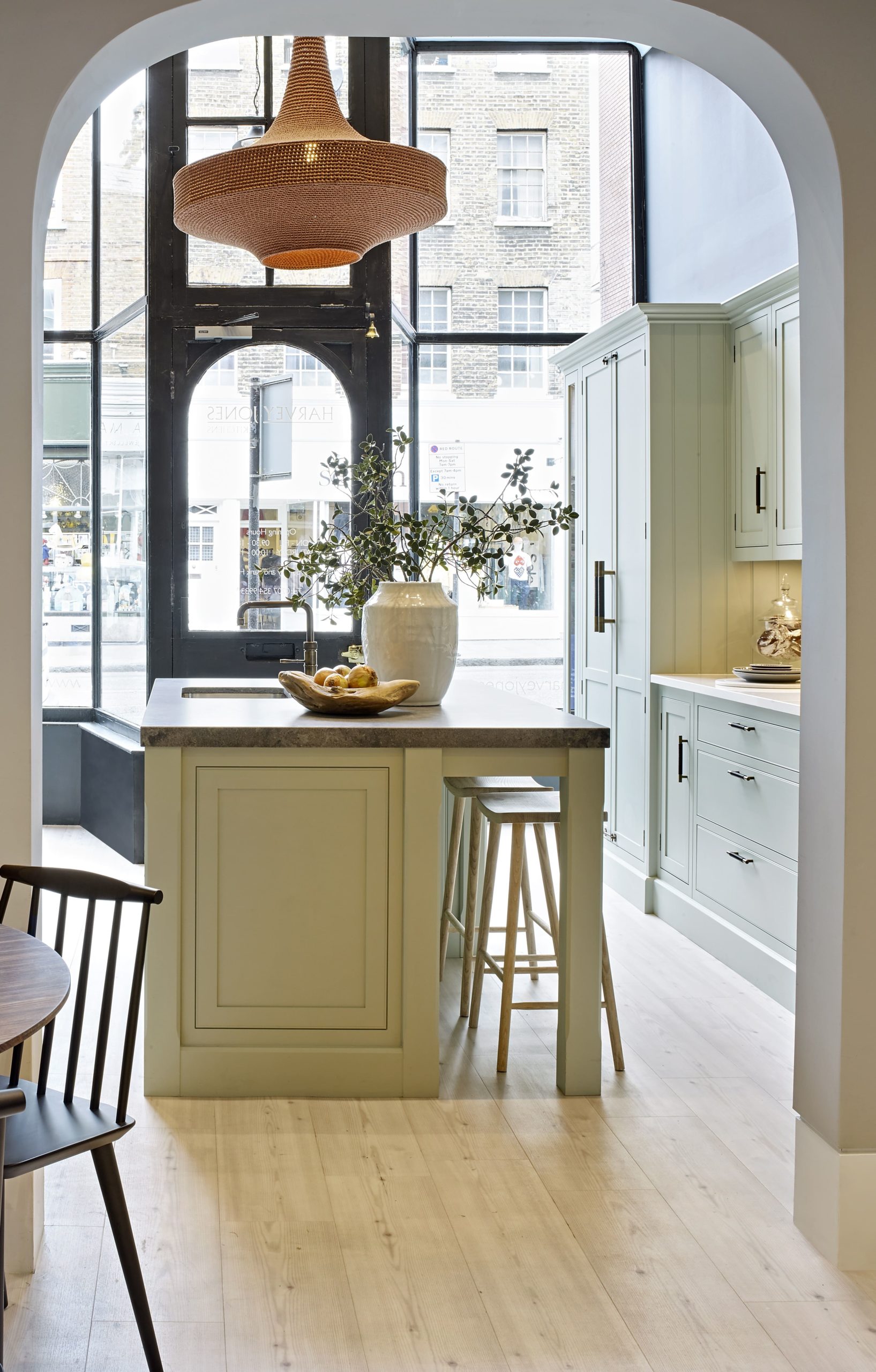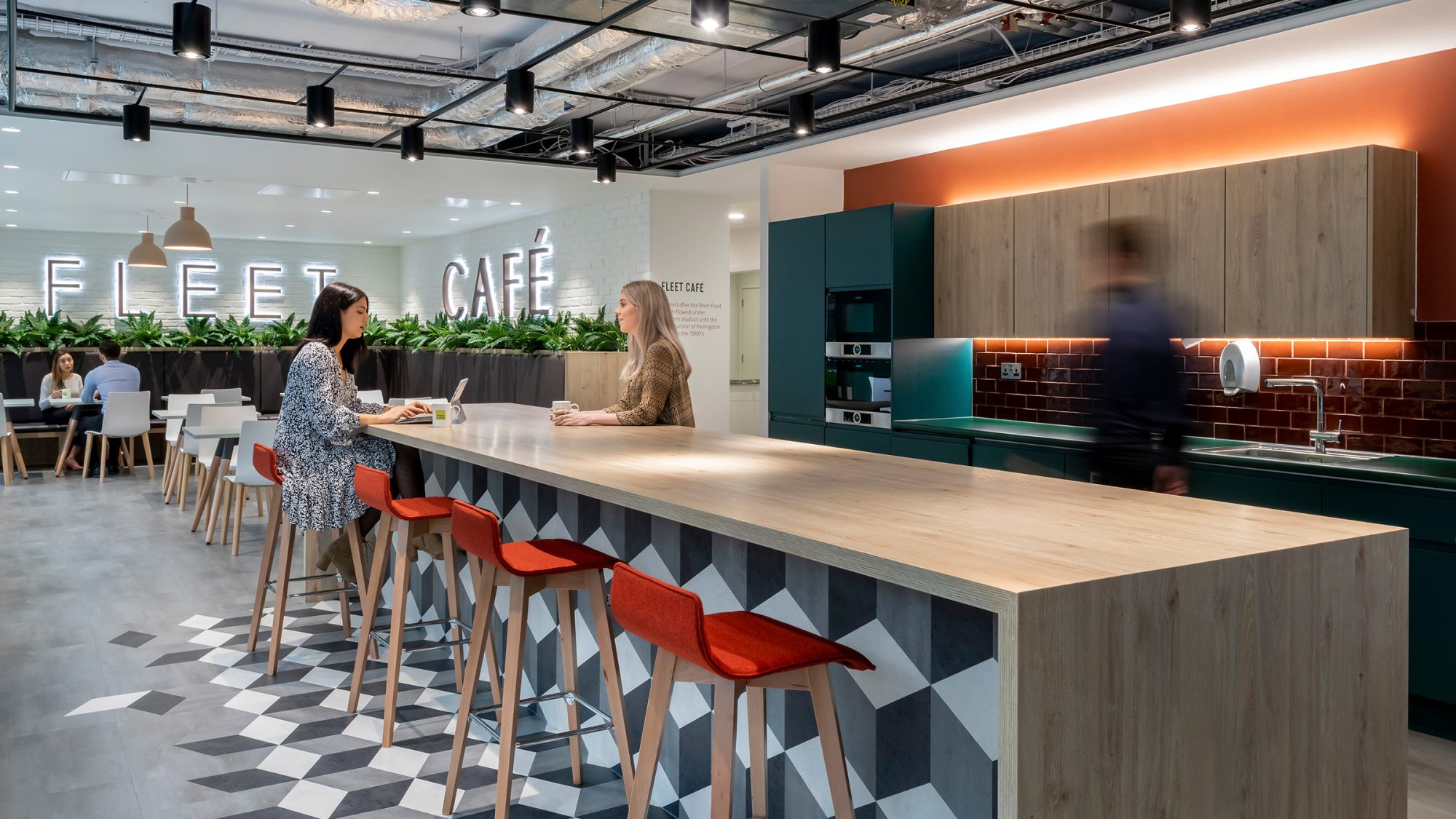Designing a community center kitchen requires careful consideration of various factors such as functionality, accessibility, safety, and budget. It is a space that needs to cater to the diverse needs of the community while also being efficient and welcoming. Here are 10 ideas to help you create the perfect kitchen for your community center.Community Center Kitchen Design: 10 Ideas to Consider
When it comes to the design of a community center kitchen, functionality and efficiency should be top priorities. This means designing the layout in a way that minimizes movement and maximizes space. Consider incorporating a work triangle, where the refrigerator, stove, and sink are placed in a triangular pattern to reduce the time and effort spent on meal preparation. Additionally, make sure there is enough countertop space and storage for all the necessary kitchen equipment.Designing a Functional and Efficient Community Center Kitchen
A community center kitchen is a space for people of all ages and abilities to come together, so it is important to make it accessible and welcoming. This can include features such as lower countertops and sinks for wheelchair users, non-slip flooring, and wide doorways. You can also add comfortable seating and natural lighting to create a warm and inviting atmosphere.Creating a Welcoming and Accessible Kitchen for Your Community Center
Community center kitchens often have limited space, so it is crucial to make the most of every inch. Consider using multi-functional equipment, such as combination ovens or countertop appliances, to save space. You can also opt for wall-mounted storage and open shelves to free up valuable floor space.Maximizing Space in Your Community Center Kitchen Design
As community centers are often hubs for social and environmental change, it is important to consider sustainability in the kitchen design. This can include using energy-efficient appliances, opting for eco-friendly materials, and implementing composting and recycling systems. Not only will this benefit the environment, but it can also save on utility costs in the long run.Incorporating Sustainable Practices in Your Community Center Kitchen Design
Community center kitchens are not just for cooking and preparing meals. They can also serve as a space for social gatherings, cooking classes, and other events. To make the most of the kitchen, consider incorporating a multi-purpose island or table that can be used for both food preparation and communal dining. This will also encourage interaction and collaboration among community members.Designing a Multi-Purpose Kitchen for Your Community Center
Safety should be a top priority when designing a community center kitchen. This includes installing fire safety equipment, proper ventilation, and non-toxic materials. You should also consider the height and placement of appliances and storage to ensure they are easily accessible and safe to use for all members of the community.Ensuring Safety and Accessibility in Your Community Center Kitchen Design
If you want to create a unique and functional community center kitchen, think outside the box and consider innovative design ideas. This can include incorporating a living wall for fresh herbs, installing a chalkboard wall for meal planning and recipes, or using colorful tiles for a fun and vibrant touch. Get creative and make your community center kitchen stand out!Innovative Design Ideas for Your Community Center Kitchen
Designing a kitchen for a community center can be a costly endeavor, but there are ways to keep it budget-friendly. Consider using cost-effective materials such as laminate countertops and vinyl flooring. You can also purchase second-hand equipment or opt for refurbished appliances instead of buying brand new. Collaborating with local businesses or seeking donations can also help reduce costs.Creating a Budget-Friendly Community Center Kitchen Design
Lastly, involving community members in the kitchen design process can not only help you get valuable input and ideas, but it can also create a sense of ownership and pride in the space. Organize focus groups or surveys to gather feedback and suggestions, and involve community members in the actual renovation process if possible. This will make the community center kitchen truly a space for the community, by the community. In conclusion, designing a community center kitchen requires careful planning and consideration. By incorporating these 10 ideas, you can create a functional, welcoming, and sustainable space that caters to the diverse needs of your community. Remember to involve community members in the process and get creative to make the kitchen truly unique and special.Collaborating with Community Members for Your Kitchen Design Project
The Importance of a Well-Designed Community Center Kitchen
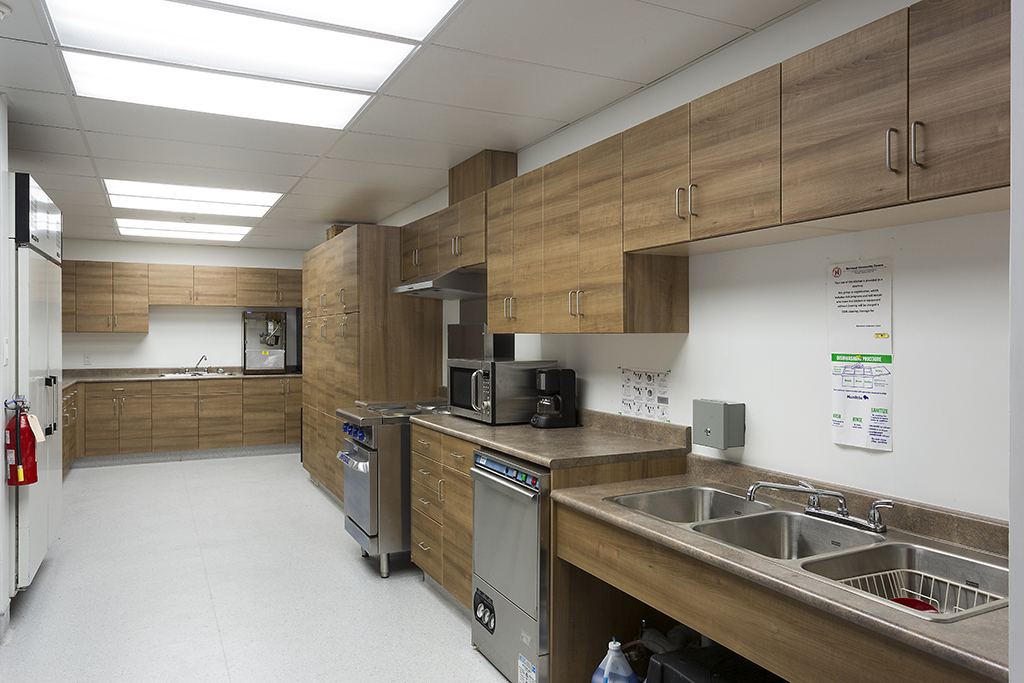
Creating a Welcoming Atmosphere
/cdn.vox-cdn.com/uploads/chorus_image/image/61178691/5472253590_6523da1160_o.0.0.1413173582.0.jpg) When it comes to designing a community center kitchen, it is important to consider the overall atmosphere of the space. A well-designed kitchen can create a welcoming and inviting environment for the members of the community who will be using it.
Community centers are meant to be a place where people can come together and feel a sense of belonging, and the kitchen is often the heart of this gathering place.
A well-designed kitchen can enhance this feeling and encourage people to spend more time there, fostering a sense of community and connection.
When it comes to designing a community center kitchen, it is important to consider the overall atmosphere of the space. A well-designed kitchen can create a welcoming and inviting environment for the members of the community who will be using it.
Community centers are meant to be a place where people can come together and feel a sense of belonging, and the kitchen is often the heart of this gathering place.
A well-designed kitchen can enhance this feeling and encourage people to spend more time there, fostering a sense of community and connection.
Efficient Use of Space
 In addition to creating a welcoming atmosphere, a well-designed community center kitchen should also be efficient in its use of space.
Community centers often have limited space, so it is important to make the most of every inch.
This can be achieved through thoughtful and strategic placement of appliances, storage, and work areas.
Optimizing the layout of the kitchen can also improve workflow and make it easier for multiple people to use the space at the same time.
In addition to creating a welcoming atmosphere, a well-designed community center kitchen should also be efficient in its use of space.
Community centers often have limited space, so it is important to make the most of every inch.
This can be achieved through thoughtful and strategic placement of appliances, storage, and work areas.
Optimizing the layout of the kitchen can also improve workflow and make it easier for multiple people to use the space at the same time.
Promoting Healthy Eating
 A community center kitchen is not just a place for cooking and preparing food, but also a place for promoting healthy eating habits.
Many community centers offer cooking classes and workshops to teach members of the community about nutrition and healthy eating.
The design of the kitchen can play a role in facilitating these activities, with features such as ample counter space, a variety of cooking equipment, and easy-to-clean surfaces.
A well-designed kitchen can also inspire people to cook and eat healthier meals, ultimately promoting a healthier community.
A community center kitchen is not just a place for cooking and preparing food, but also a place for promoting healthy eating habits.
Many community centers offer cooking classes and workshops to teach members of the community about nutrition and healthy eating.
The design of the kitchen can play a role in facilitating these activities, with features such as ample counter space, a variety of cooking equipment, and easy-to-clean surfaces.
A well-designed kitchen can also inspire people to cook and eat healthier meals, ultimately promoting a healthier community.
Flexibility for Multiple Uses
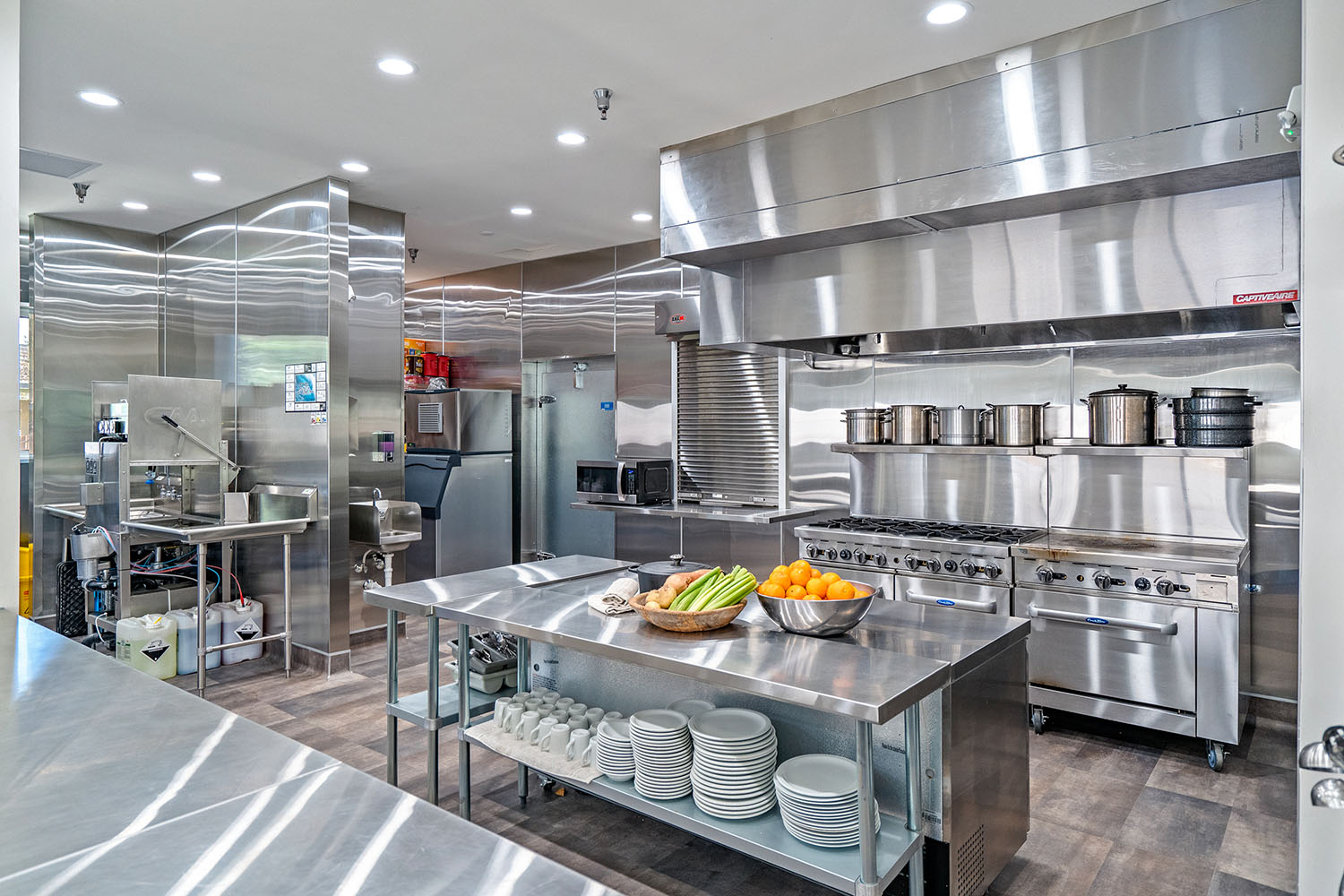 One of the key functions of a community center is to provide a space for a variety of activities and events.
The kitchen should be designed with this in mind, allowing for flexibility and adaptability.
This can be achieved through features such as movable furniture, multi-functional appliances, and ample storage for different types of equipment.
Having a kitchen that can cater to different needs and events can make the community center a more versatile and valuable resource for the community.
One of the key functions of a community center is to provide a space for a variety of activities and events.
The kitchen should be designed with this in mind, allowing for flexibility and adaptability.
This can be achieved through features such as movable furniture, multi-functional appliances, and ample storage for different types of equipment.
Having a kitchen that can cater to different needs and events can make the community center a more versatile and valuable resource for the community.
In Conclusion
 A well-designed community center kitchen is crucial for creating a welcoming atmosphere, efficient use of space, promoting healthy eating habits, and allowing for flexibility.
Whether you are designing a new community center or renovating an existing one, investing in a well-designed kitchen will greatly benefit the members of your community and enhance the overall experience of the space.
With thoughtful planning and consideration, the kitchen can become the heart of the community center, bringing people together and fostering a sense of belonging.
A well-designed community center kitchen is crucial for creating a welcoming atmosphere, efficient use of space, promoting healthy eating habits, and allowing for flexibility.
Whether you are designing a new community center or renovating an existing one, investing in a well-designed kitchen will greatly benefit the members of your community and enhance the overall experience of the space.
With thoughtful planning and consideration, the kitchen can become the heart of the community center, bringing people together and fostering a sense of belonging.

